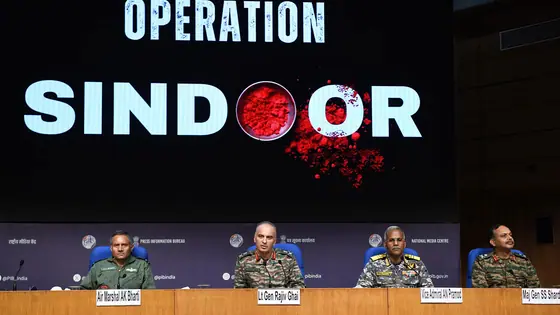Indian Defence News
INSV Kaundinya: Why India Is Sailing a Wooden-Stitched Ship on 1,400-km Voyage to OmanDAC Greenlights Rs 79,000 Cr Defence Deals: Here’s What the Indian Army, Navy, Air Force GetNo Posts, No Likes: Why Indian Army Has Quietly Allowed Soldiers to Use Instagram36 J-10C Jets, 4 Frigates, Possible Military Base: Is China Arming Pakistan to Counter India’s Rafale Edge?
More Stories
Top Stories
Defence News
Indian Defence News: Stay updated with the latest Indian defence news, policies, and border security updates. Get insights on military technology, defence developments, and strategic affairs shaping India’s national security. Follow the newest defence deals, indigenous weapons projects, and Make in India initiatives that are strengthening the Indian Armed Forces and boosting the country’s defence power.
